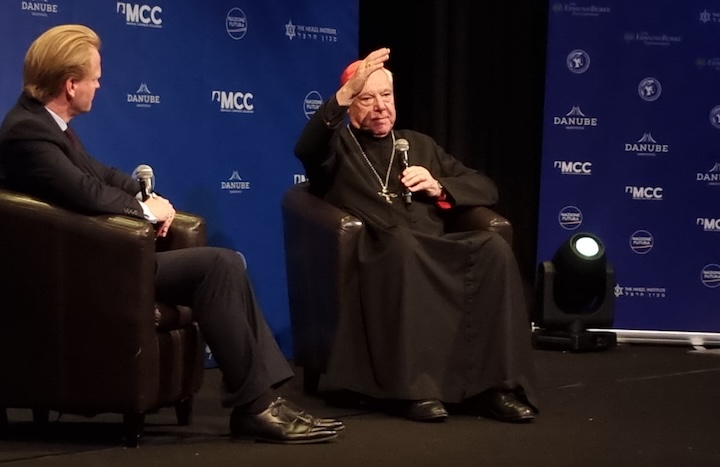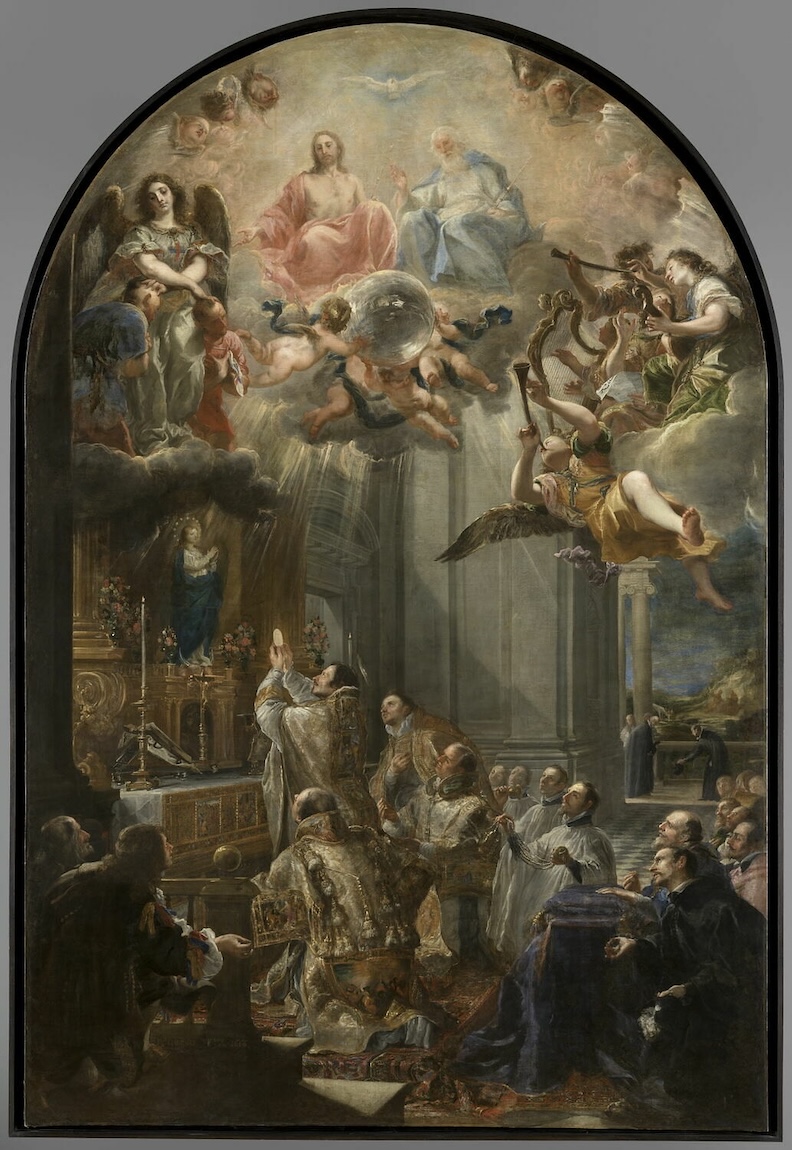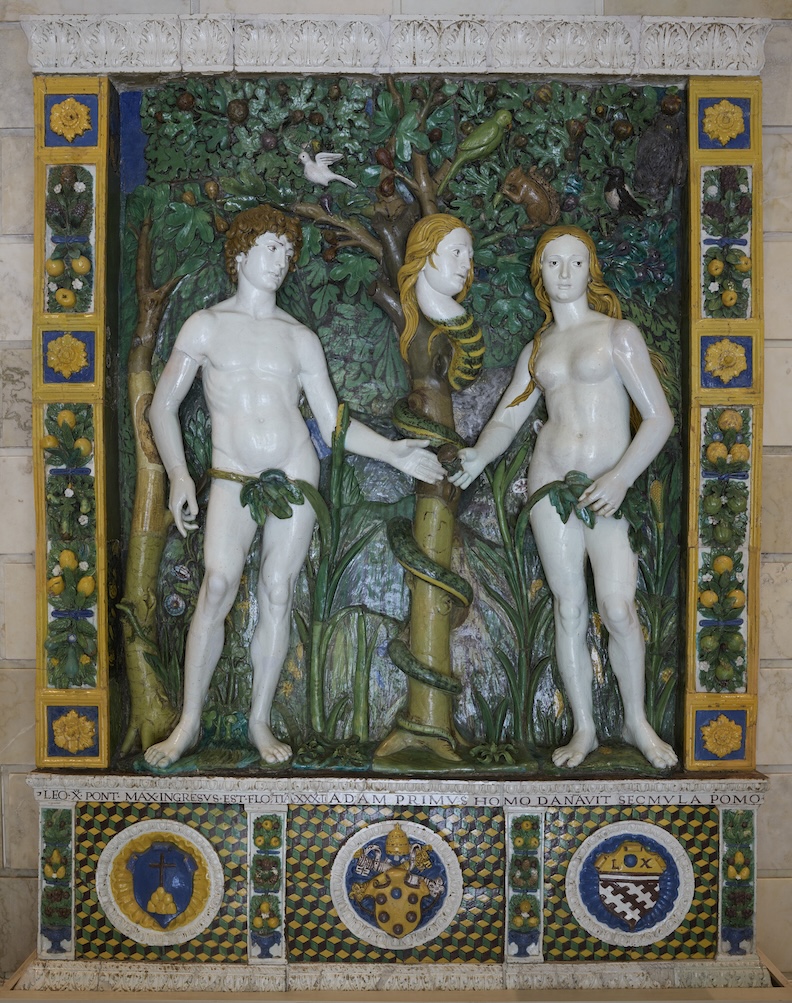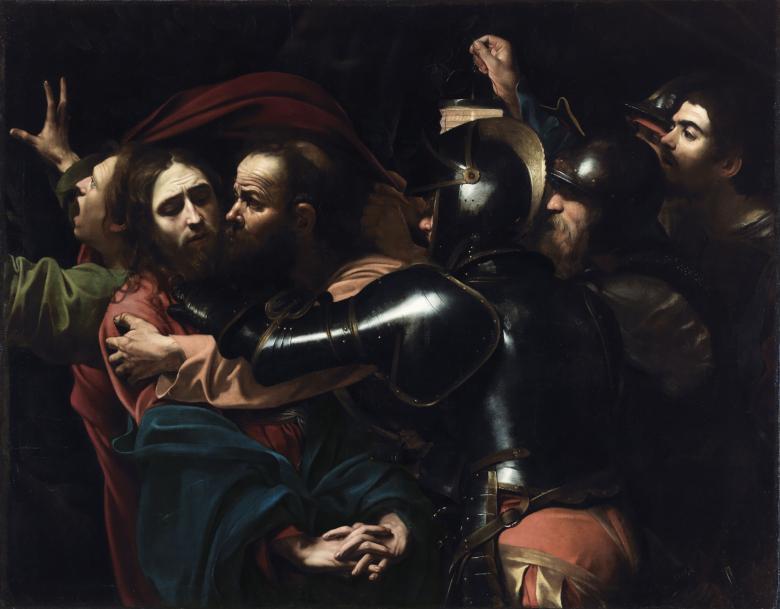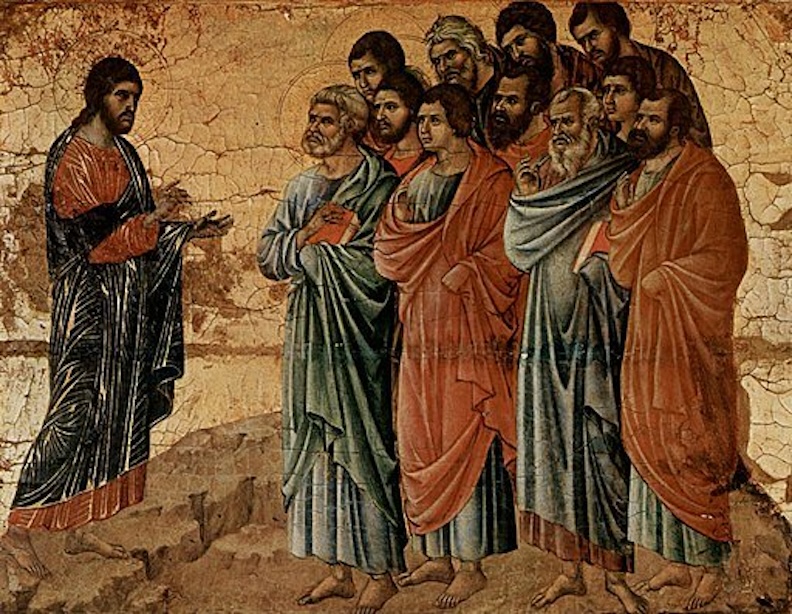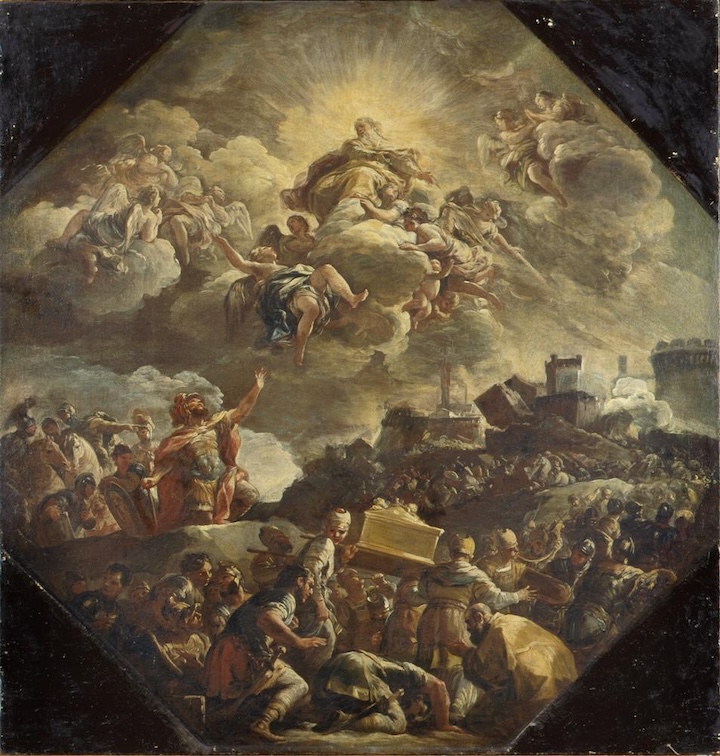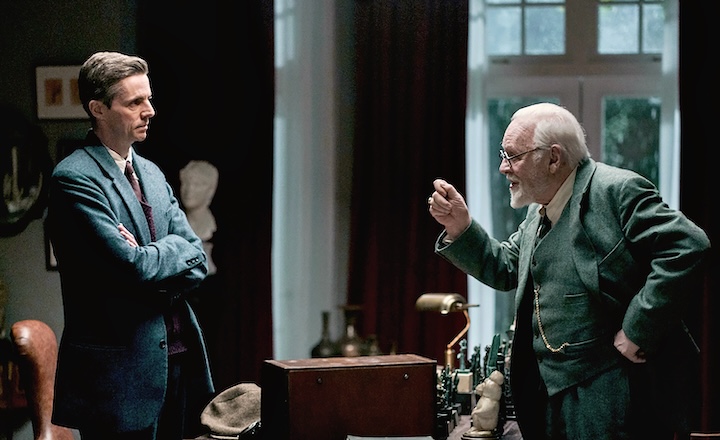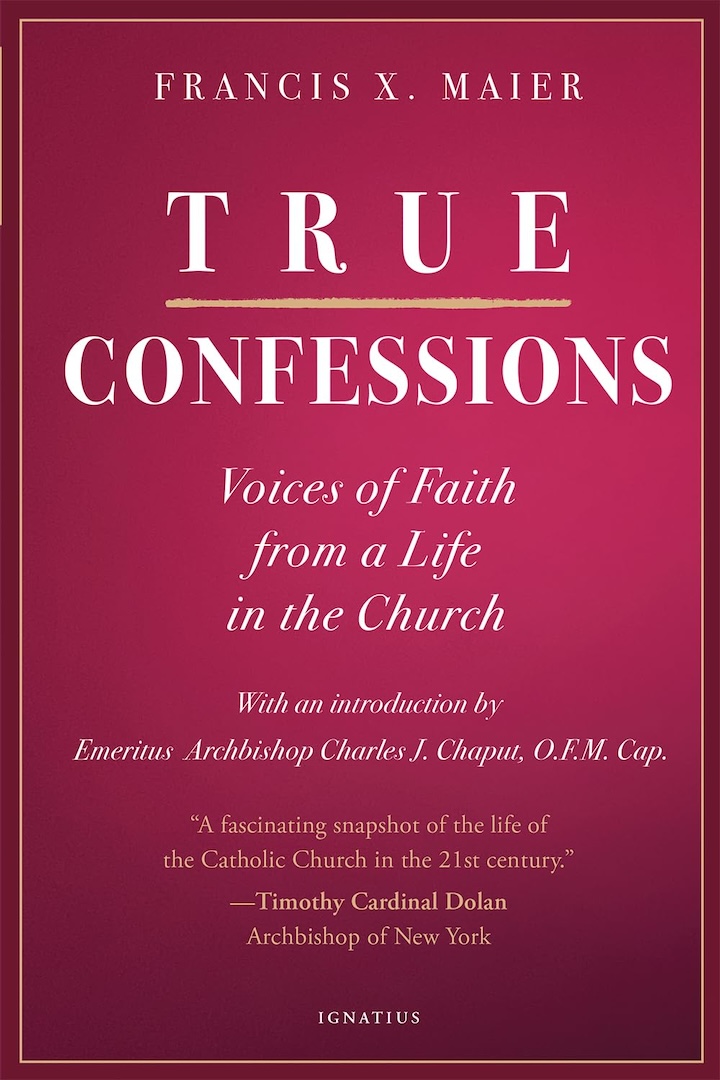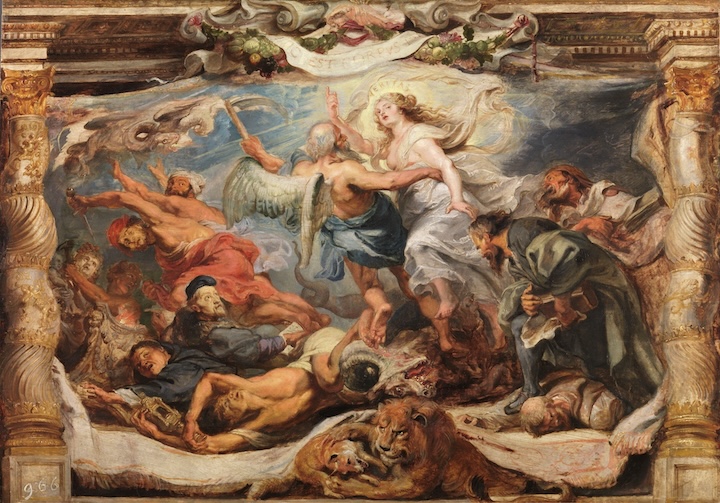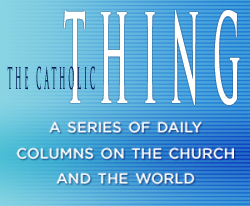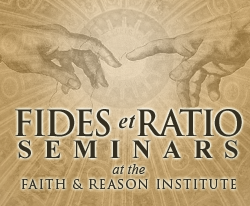Scuffles in Brussels
Written by Robert Royal
Monday, April 22, 2024
So, I was in Rome recently chasing down information for a book and noticed that, at the time I’d be heading back home, a National Conservatism Conference was being held in Brussels. I decided to stop in to see how NatCon would fare in the “capital” of the European Union. As has been widely reported, under pressure from “antifa” forces, Brussels’ mayor foolishly forced Concert Noble, the initial venue, to cancel. And again, with the Sofitel. Ultimately, we gathered at the Claridge, where the Tunisian Muslim owner was (unsuccessfully) pressured by the mayor, his wife threatened, and warned that his business would be destroyed (kudos to him for standing up for free speech). Then, during the first day, the Brussels police, under the mayor’s orders, arrived to shut the whole thing down.
The conference was allegedly advancing “exclusion” (i.e., controlling illegal immigration) and Euroscepticism (the horror!), harboring elements of “fascism” and “homophobia.” Which, translated from the Globalese into the vernacular, means it was mostly advocating the kind of normalcy that existed since the beginning of time, until just a few years ago. All right-thinking persons are now supposed to classify mere sanity as “far-right,” “dangerous populism,” and a threat to “democracy,” even when democratic majorities (the populus) vote – as they are likely to do in European elections this June and America later in the year – for just such normality.
I was sick with what turned into something like the flu and left the conference at noon the first day in search of something hot to clear a stuffy head, just as the police were arriving. They told the organizers that they had fifteen minutes to clear the room. But then looked around and perhaps thought the optics were not great of rounding up a tranquil slate of academics and democratically elected officials, and an audience of political junkies, almost all in suits and dresses – and in their twenties.

